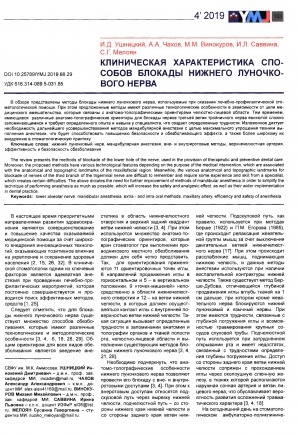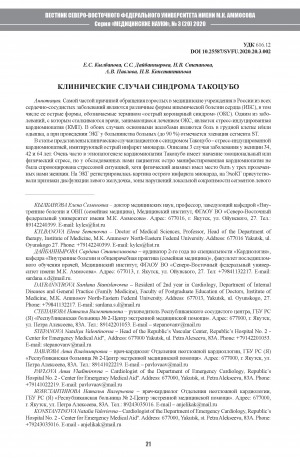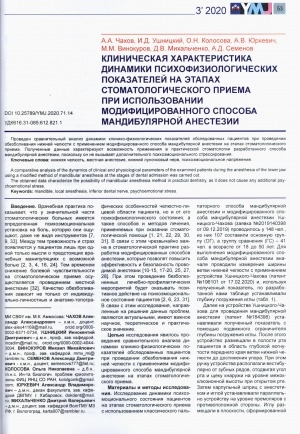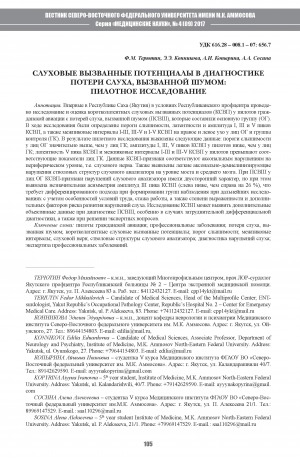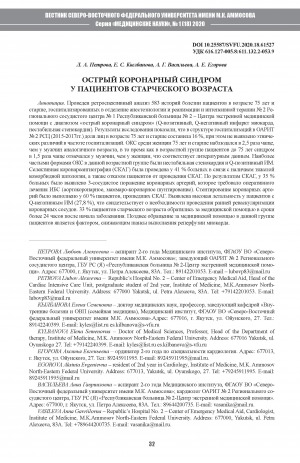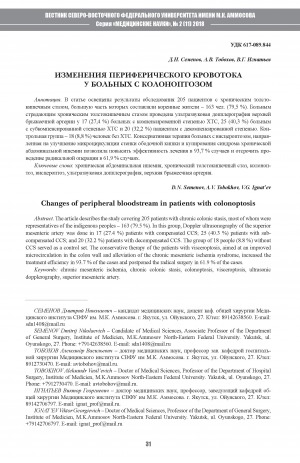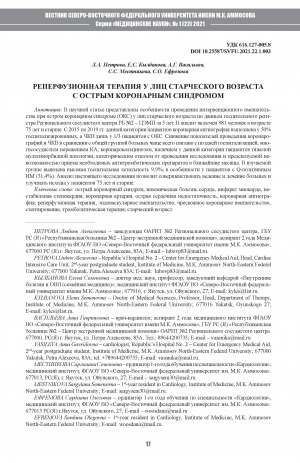QR-код документа
Как сканировать QR-код?
Для пользователей Android:- Скачайте приложение для сканирования QR-кодов (Google Play)
- Откройте скачанное приложение;
- Наведите камеру на QR-код.
- Откройте приложение "Камера";
- Наведите камеру на QR-код;
- Нажмите на всплывающее уведомление.
Другие выпуски
Номера года:
Вам будет интересно
Отдаленные результаты хирургического лечения первичного гиперпаратиреоза Клиническая характеристика способов блокады нижнего луночкового нерва Клинические случаи синдрома Такоцубо Факторы неблагоприятного течения ишемической болезни сердца у жителей Якутии (по результатам 7-летнего наблюдения) Клиническая характеристика показателей на этапах стоматологического приема при использовании модифицированного способа мандибулярной анестезии Слуховые вызванные потенциалы в диагностике потери слуха, вызванной шумом: пилотное исследование Острый коронарный синдром у пациентов старческого возраста Изменения периферического кровотока у больных с колоноптозом Реперфузионная терапия у лиц старческого возраста с острым коронарным синдромом Оценка изменений диаметров общих сонных артерий и толщины комплекса интима-медиа у эвенов Арктической зоны Республики Саха (Якутия) в возрастном и гендерном аспектах при ультразвуковых измерениях



